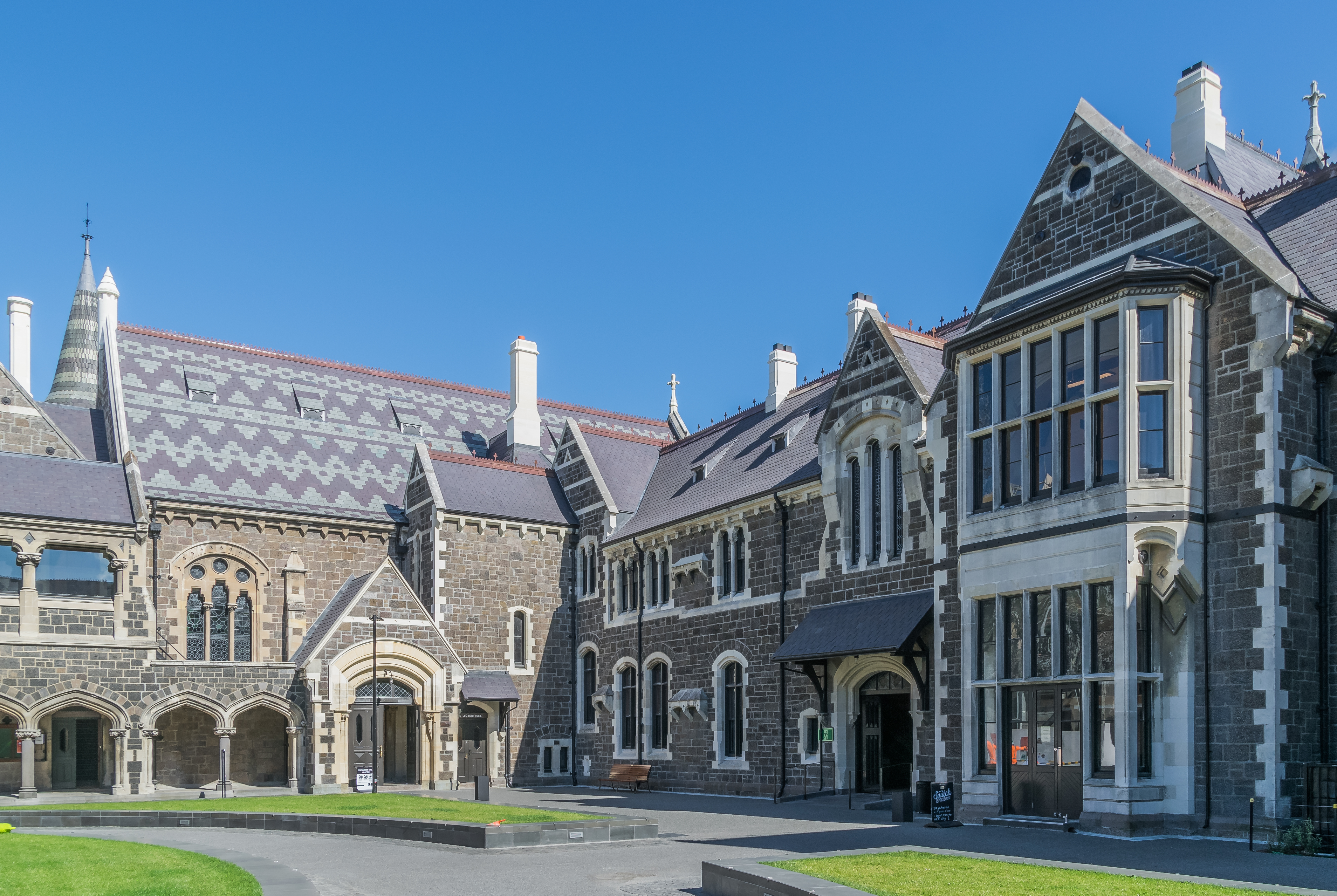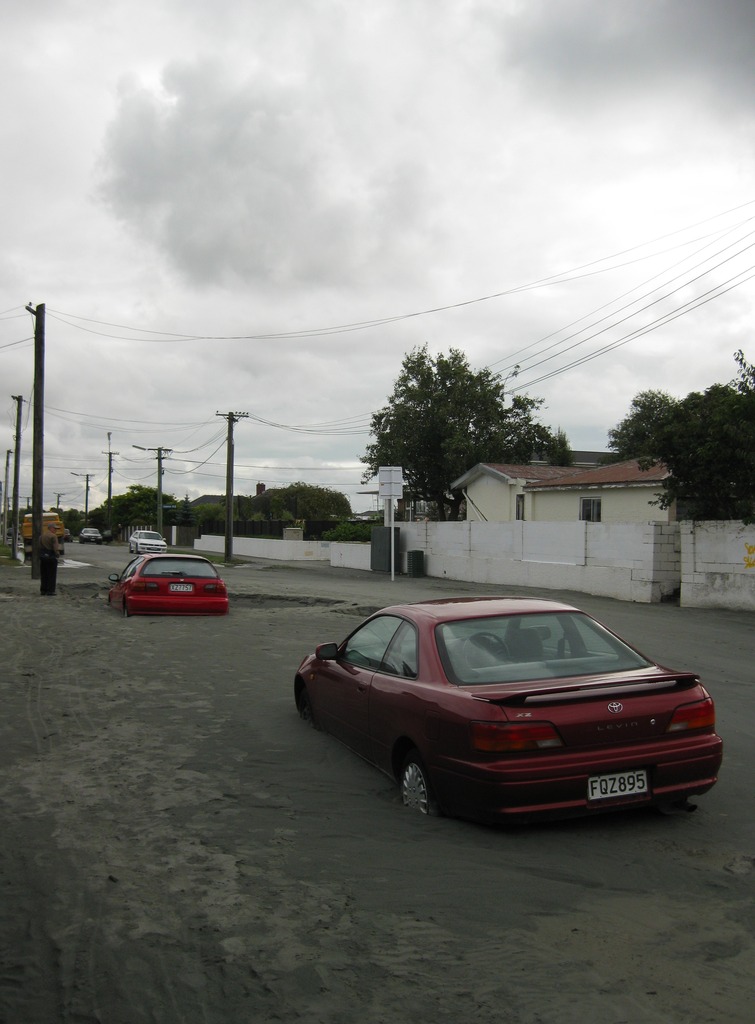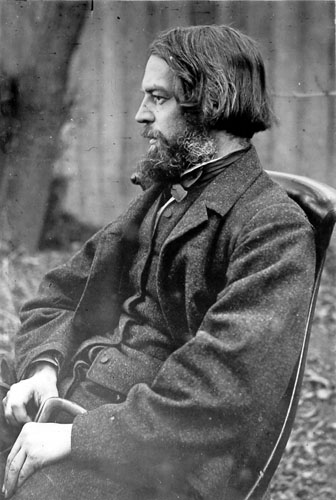|
Worcester Street, Christchurch
Worcester Street is a road in the Christchurch Central City, central city of Christchurch, New Zealand. It runs from the intersection of Rolleston Avenue in the west, and terminates in the east at the intersection of Woodham Road in Linwood, New Zealand, Linwood. Between Rolleston Avenue and Cambridge Terrace, it is known as Worcester Boulevard. Geography Worcester St runs for roughly from west to east through the centre of Christchurch, and is parallel and one block to the south of Gloucester Street. Between Rolleston Avenue and Cambridge Terrace, it is known as Worcester Boulevard, before crossing over the Avon River (Canterbury), Avon River (pictured). As the street reaches Cathedral Square, Christchurch, Cathedral Square it has a slight deviation as it curves around the north side of the ChristChurch Cathedral, before continuing eastward towards Latimer Square. Afterwards, the street continues uninterrupted before ending at the intersection with Woodham Road in reside ... [...More Info...] [...Related Items...] OR: [Wikipedia] [Google] [Baidu] |
Canterbury Museum, Christchurch
The Canterbury Museum is a museum located in the central city of Christchurch, New Zealand, in the city's Cultural Precinct. The museum was established in 1867 with Julius von Haast – whose collection formed its core – as its first director. The building is registered as a "Historic Place – Category I" by Heritage New Zealand. Directors The title curator and director has been used interchangeably during the history of Canterbury Museum. Von Haast was the museum's inaugural director; Haast died in 1887. Following Haast's death, Frederick Hutton was acting director until Henry Ogg Forbes took on a permanent position in December 1888 upon his return from England. In August 1892, Forbes permanently moved to England, and Hutton was appointed full director from May 1892 until October 1905. Hutton applied for leave to travel to England, and Charles Chilton was acting director from March 1905; Hutton died on his return journey from England and Chilton retained his acting role un ... [...More Info...] [...Related Items...] OR: [Wikipedia] [Google] [Baidu] |
Christchurch Arts Centre
The Arts Centre Te Matatiki Toi Ora is a hub for arts, culture, education, creativity and entrepreneurship in Christchurch, New Zealand. It is located in the Gothic Revival former Canterbury College (now the University of Canterbury), Christchurch Boys' High School and Christchurch Girls' High School buildings, many of which were designed by Benjamin Mountfort. The centre is a national landmark and taonga as it is home to New Zealand's largest collection of category one heritage buildings with 21 of the 23 buildings covered by Heritage New Zealand listings. The centre, which is held in trust for the people of Canterbury and its visitors, has been undergoing a large restoration since it was badly damaged in the 2011 Christchurch earthquake. Buildings are progressively reopening to the public as they are strengthened and repaired and more than two-thirds of the buildings have reopened. [...More Info...] [...Related Items...] OR: [Wikipedia] [Google] [Baidu] |
Our City, Christchurch
Our City, more formally Our City O-Tautahi, also known as the Old Municipal Chambers, is a Queen Anne style building on the corner of Worcester Street and Oxford Terrace in the Christchurch Central City. It is a Category I heritage building registered with Heritage New Zealand. From 1887 to 1924 it was used by Christchurch City Council as their civic offices, providing room for meetings of the council and for housing staff, before they moved to the Civic. It was then used for many decades by the Canterbury Chamber of Commerce and served as the main tourist information. It was last used as an exhibition and events centre before being damaged in the Christchurch earthquakes. History Civic offices The Christchurch Municipal Council first met in 1862. Later that year, it became the Christchurch City Council. The council used Christchurch's first public building, the Christchurch Land Office, as their meeting venue and for housing council employees. The Land Office was built in 1 ... [...More Info...] [...Related Items...] OR: [Wikipedia] [Google] [Baidu] |
2011 Christchurch Earthquake
A major earthquake occurred in Christchurch on Tuesday 22 February 2011 at 12:51 p.m. local time (23:51 UTC, 21 February). The () earthquake struck the entire of the Canterbury region in the South Island, centred south-east of the central business district. It caused widespread damage across Christchurch, killing 185 people, in New Zealand's fifth-deadliest disaster. Christchurch's central city and eastern suburbs were badly affected, with damage to buildings and infrastructure already weakened by the magnitude 7.1 Canterbury earthquake of 4 September 2010 and its aftershocks. Significant liquefaction affected the eastern suburbs, producing around 400,000 tonnes of silt. The earthquake was felt across the South Island and parts of the lower and central North Island. While the initial quake only lasted for approximately 10 seconds, the damage was severe because of the location and shallowness of the earthquake's focus in relation to Christchurch as well as ... [...More Info...] [...Related Items...] OR: [Wikipedia] [Google] [Baidu] |
2010 Canterbury Earthquake
The 2010 Canterbury earthquake (also known as the Darfield earthquake) struck the South Island of New Zealand with a moment magnitude of 7.1 at on , and had a maximum perceived intensity of X (''Extreme'') on the Mercalli intensity scale. Some damaging aftershocks followed the main event, the strongest of which was a magnitude 6.3 shock known as the Christchurch earthquake that occurred nearly six months later on 22 February 2011. Because this aftershock was centred very close to Christchurch, it was much more destructive and resulted in the deaths of 185 people. The earthquake on 4 September caused widespread damage and several power outages, particularly in the city of Christchurch, New Zealand's second largest city at that time. Two residents were seriously injured, one by a collapsing chimney and a second by flying glass. One person died of a heart attack suffered during the quake. Another person died after a fall during the quake. Mass fatalities were avoided partly due t ... [...More Info...] [...Related Items...] OR: [Wikipedia] [Google] [Baidu] |
Frederick Strouts
Frederick Strouts (1834 – 18 December 1919) was a notable New Zealand architect. He was born in Hothfield, Kent, England in 1834. He arrived in Lyttelton in 1859 and lived in Christchurch. Notable buildings include Ivey Hall at Lincoln University, the Canterbury Club building, the Lyttelton Harbour Board building, the Rhodes Convalescent Home in Cashmere, Strowan House (now part of St Andrew's College), and Otahuna homestead on Banks Peninsula Banks Peninsula is a peninsula of volcanic origin on the east coast of the South Island of New Zealand. It has an area of approximately and encompasses two large harbours and many smaller bays and coves. The South Island's largest cit .... He was supervising architect at the Church of St Michael and All Angels in Christchurch. Strouts took on Cecil Wood in 1893 when Wood was 15 years of age. References 1834 births 1919 deaths English emigrants to New Zealand People from Hothfield 19th-century New Zealand ... [...More Info...] [...Related Items...] OR: [Wikipedia] [Google] [Baidu] |
William Armson
William Barnett Armson (1832/3 – 25 February 1883) was an architect, surveyor, engineer in colonial New Zealand. A co-founder of the Canterbury Association of Architects, and an architect to the provincial government, he established the architectural firm of Armson, Collins and Harman in 1870, which remained active until 1993. It was one of the two oldest architectural firms in New Zealand. His most important work was the Bank of New Zealand building in Dunedin. Early years Armson was born in London, England. His father, Francis William Armson, was a surveyor, builder, and later an architect. His mother was Jane Barnett. Armson trained in Melbourne. Career Armson designed many buildings in New Zealand including banks, churches, houses, offices, schools, and shops. His commercial buildings were based on a Renaissance architectural style. The banks and offices designs were notable for their "scholarly treatment" and severely correct form, providing excellent examples of Palla ... [...More Info...] [...Related Items...] OR: [Wikipedia] [Google] [Baidu] |
Canterbury Club
The Canterbury Club is a historic gentlemen's club in the central city of Christchurch, New Zealand. It was founded by urban professionals in 1872 as a breakaway club from the Christchurch Club, which had been set up by large rural landholders in 1856. History The Christchurch Club had been founded by wealthy runholders in 1856. Their permanent premises were built adjacent to Latimer Square to a design by Benjamin Mountfort. Urban businessmen and professionals found that their interests differed from the rural gentry, and in 1872 founded their own gentlemen's club, the Canterbury Club. They commissioned one of their members, William Armson, to design a building, but he fell ill and in early 1873 the commission was passed to Frederick Strouts instead. Strouts was guided by the lead that Mountfort had taken with the Christchurch Club a decade earlier and also chose Italianate architecture as the style for the building, to be erected on a site on the corner of Cambridge Terrace ... [...More Info...] [...Related Items...] OR: [Wikipedia] [Google] [Baidu] |
Heritage New Zealand
Heritage New Zealand Pouhere Taonga (initially the National Historic Places Trust and then, from 1963 to 2014, the New Zealand Historic Places Trust) ( mi, Pouhere Taonga) is a Crown entity with a membership of around 20,000 people that advocates for the protection of ancestral sites and heritage buildings in New Zealand. It was set up through the Historic Places Act 1954 with a mission to "...promote the identification, protection, preservation and conservation of the historical and cultural heritage of New Zealand" and is an autonomous Crown entity. Its current enabling legislation is the Heritage New Zealand Pouhere Taonga Act 2014. History Charles Bathurst, 1st Viscount Bledisloe gifted the site where the Treaty of Waitangi was signed to the nation in 1932. The subsequent administration through the Waitangi Trust is sometimes seen as the beginning of formal heritage protection in New Zealand. Public discussion about heritage protection occurred in 1940 in conjunction with t ... [...More Info...] [...Related Items...] OR: [Wikipedia] [Google] [Baidu] |
Taonga
''Taonga'' or ''taoka'' (in South Island Māori) is a Maori-language word that refers to a treasured possession in Māori culture. It lacks a direct translation into English, making its use in the Treaty of Waitangi significant. The current definition differs from the historical one, noted by Hongi Hika as "property procured by the spear" war booty or defended property] and is now interpreted to mean a wide range of both tangible and intangible possessions, especially items of historical cultural significance. Tangible examples are all sorts of Antique, heirlooms and artefacts, land, fisheries, natural resources such as geothermal springs and access to natural resources, such as riparian water rights and access to the riparian zone of rivers or streams. Intangible examples may include language and spiritual beliefs. What is deemed to be a ''taonga'' has major political, economic and social consequences in New Zealand and has been the subject of fierce debates as the varying ... [...More Info...] [...Related Items...] OR: [Wikipedia] [Google] [Baidu] |
Benjamin Mountfort
Benjamin Woolfield Mountfort (13 March 1825 – 15 March 1898) was an English emigrant to New Zealand, where he became one of the country's most prominent 19th-century architects. He was instrumental in shaping the city of Christchurch's unique architectural identity and culture, and was appointed the first official Provincial Architect of the developing province of Canterbury, New Zealand, Canterbury. Heavily influenced by the Anglo-Catholicism, Anglo-Catholic philosophy behind early Victorian architecture, he is credited with importing the Gothic revival style to New Zealand. His Gothic designs constructed in both wood and stone in the province are considered unique to New Zealand. Today, he is considered the founding architect of the province of Canterbury. Early life Mountfort was born in Birmingham, an industrial town in the English Midlands, Midlands of England. He was the son of perfume manufacturer and jeweller Thomas Mountfort and his wife Susanna (née Woolfield). As a ... [...More Info...] [...Related Items...] OR: [Wikipedia] [Google] [Baidu] |
Christchurch Girls' High School
Christchurch Girls' High School in Christchurch, New Zealand, was established in 1877 and is the second oldest girls-only secondary school in the country, after Otago Girls' High School. History Christchurch Girls' High School was established in 1877, four years before Christchurch Boys' High School. The first headmistress was Mrs. Georgiana Ingle (a daughter of Richard Deodatus Poulett-Harris and half-sister of Lily Poulett-Harris). The second principal Helen Connon (later Helen Macmillan Brown) is better known as she was the first woman in any British university to gain an Honours degree. The school's original building on Cranmer Square, which was renamed the Cranmer Centre, features prominently in the 1994 film ''Heavenly Creatures'' based on the 1954 Parker–Hulme murder case involving two students. The school featured in national and international news in 1972 when two students led a "walkout" from school assembly to protest against the inclusion of religion in school mo ... [...More Info...] [...Related Items...] OR: [Wikipedia] [Google] [Baidu] |







